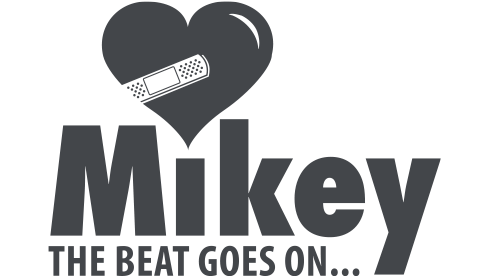
For many years heart disease was believed to be something that generally only affected men as it was (and still is) the main contributor to premature deaths for men. New research that came out this year from the Heart and Stroke Foundation has found that heart disease is also the #1 contributor to premature death in women as well.
Because of the long-held belief that heart disease primarily affects men, women are often left unaware of the threat. In fact, most Canadian women have at least one risk factor for heart disease and stroke. Women who have diabetes, come from certain ethnic backgrounds or are menopausal are even more at risk.
Many of these risk factors for women can be minimized by looking after certain aspects of one’s life. Below are some tips that will help reduce your risks and resources that you can use to help improve your heart health.
Tips to Improve your Heart Health
Sleep
Sleep is not just downtime. It’s when your heart gets a break, as your blood pressure and heart rate slow down. If you don’t sleep enough, your body constantly produces adrenaline and stress hormones to keep you awake. That means your blood pressure and heart rate doesn’t slow down as well, and that hurts your heart.
Most people need to get 7 to 8 hours of sleep a night to be well rested, so aim for sleeping that much. Anything less than 6 hours tends to increase your risks.
Being Active
Doing any kind of physical activity, whether it be walking, swimming or running, for 30 minutes each day is commonly recommended by doctors to help reduce the risk of heart disease. Exercise helps to lower blood pressure and helps you lose weight, which overall helps reduce your risk.
As mentioned in the becoming heart healthy section of our site, if you’re just getting back into exercise and are starting off with walking, it’s most beneficial to lose weight by walking for 60 minutes a day, most days of the week to lose those extra inches.
Reduce The Amount You Drink and Focus On Healthy Eating
It can be alright to have a drink occasionally, but having a drink or two a day can increase the risks of heart disease. Although there can be some benefits of alcohols, like wine with antioxidants, it is generally better to reduce the amount you have as it can lead to gaining bad cholesterol.
Eating healthy is also essential to keeping a healthy heart. Reducing foods with trans fats and with lots of sugar helps to reduce your risk. A good rule of thumb is to focus on eating more plants and fewer animals. Fortunately, we have many heart-healthy recipes that you can use towards developing a heart-healthy diet.
Quit Smoking
Smoking can create blood clots, decreases your levels of good cholesterol, makes it harder to exercise and can raise your blood pressure temporarily, none of which is good for your heart.
If you live in Ontario, here’s a link to some resources that can help you to quit smoking.
Resources
Heart And Stroke Foundation
As they launched a major study into the effects of heart disease on women, they have many great resources on what to look out for and how to improve your health.
Canadian Women’s Heart Health Centre
Recently hosted in Ottawa this past April, the Heart Health Summit is a way for women and health practitioners to talk about the risk of heart disease and ways to help prevent it. This year’s conference has already passed, but the centre also hosts many workshops and classes throughout the year. Whether you’re a researcher, a health practitioner or someone who’s looking to learn more, they’re a great resource.
Participaction
They’re a wonderful resource for learning about and trying new exercises or sports. They not only have great resources for adults, but also for kids on what you can do to stay fit throughout the year.

















